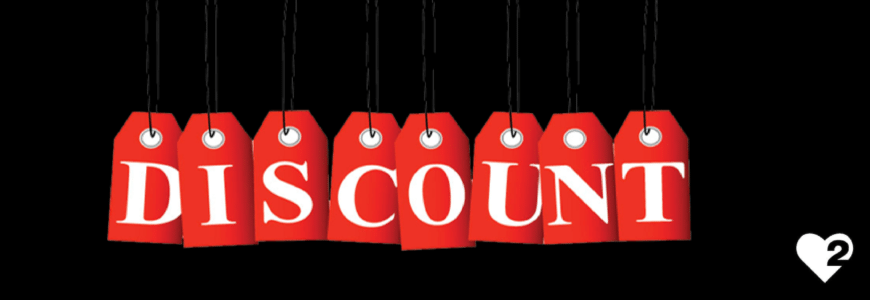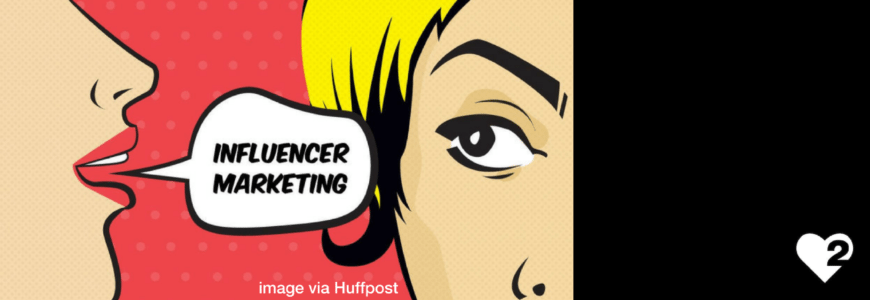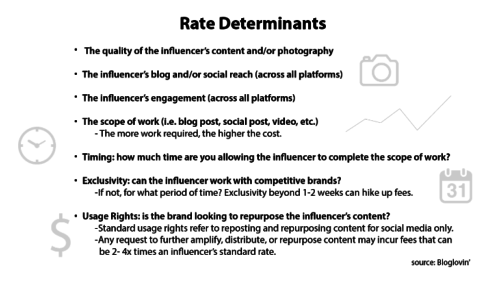“Marketing is not the art of finding clever ways to dispose of what you make. It is the art of creating genuine customer value.” Philip Kotler
This post was originally written in February 2015, but is oh so relevant to the questions I still get asked, so I did a little update!
Daily deals and excessive discounting tells me two things: you are desperate and do not have a clear plan or point of difference for growing your business.
Discounting your services can be so tempting and can drive a ton of traffic and short term sales. But my question to you is at what cost?
Discounting erodes brand equity aka value
Discounting attracts discount shoppers, which is only awesome if you are a discount brand. And if you are, you can stop reading this
Discounting tells me your only point of difference is price
Discounting trains people to ask for discounts
Discounting tells me the value of the service is actually the discounted price, not the actual price
Discounting tells me you do not have a clear understanding of how to build your business or the value that you offer your clients
Depending on your business model, your brand purpose, promise and people and how you generate revenue, discounting can permanently damage your business.
Instead of discounting, here are some simple strategies (not easy!) that can help you grow a business for the long term…
1. Implementing a referral/rewards program, communicating about it and executing on it consistently
This rewards loyal clients for sharing their experience
2. Getting your pre-book % to at least 80%, using consistent dialogue and systems
This ensures existing clients are happy by getting their preferred day/time
3. Training your entire team to ask clients to share their experience on YELP, and ensure they are doing it consistently
Yelp is a BIG referral driver, love it or not.
4. Ensuring your team is delivering a quality experience that is aligned with your brand promise, consistently
This is the most important really. If you experience sucks, nothing else will help you
5. Working with each team member individually to devise a plan for how they are going to grow their business including referrals, pre-booking, upgrading (only with the clients true needs are in mind), and recommending the products necessary for clients to care for their hair at home
We focus on what we value. Is your team aligned with your brand promise?
6. Getting serious about a social strategy; content creation, curation, consistent engagement which is proven to increase word of mouth if done well
7. Committing to an email marketing strategy, consistently, which delivers value as well as calls to action
Email is not dead, in fact, it’s one of the best ways to stay engaged with existing clients
8. Creating a system for client check in’s to see how their experience was
Let’s bring back thank you note, or at least, post experience check in’s
9. Creating a system to connect with clients who have not been back in a while. You can learn a ton and most likely will get some of your clients back into the salon
Where did they go? Why did they leave?
10. Are you delivering more value than the price you are charging? Or less value for the price? Is your pricing strategy consistent with your brand promise and people?
If your promise is to deliver a luxury experience but you are marketing to discount shoppers, that right there is a disconnect. If you prices are high, but your experience is low, that is a disconnect too!
11. Taking a look at your retention rate. How many new clients are you seeing? More importantly, how many are you actually keeping?
This will tell you a lot about your experience and if it is valued. If your retention rate is low, something is broken. The good news, you have resources to help you fix it.
All of the above actions will contribute to long term, sustainable, healthy growth.
Deals and excessive discounting will contribute to short-term sales, brand erosion and unsustainable growth.
Your choice. Choose wisely.
Love + Awesomeness-
Nina
PS: As with anything, pricing strategies are NOT black and white and one size does not fit all. You must decide what is best for you and the outcome you are seeking.








